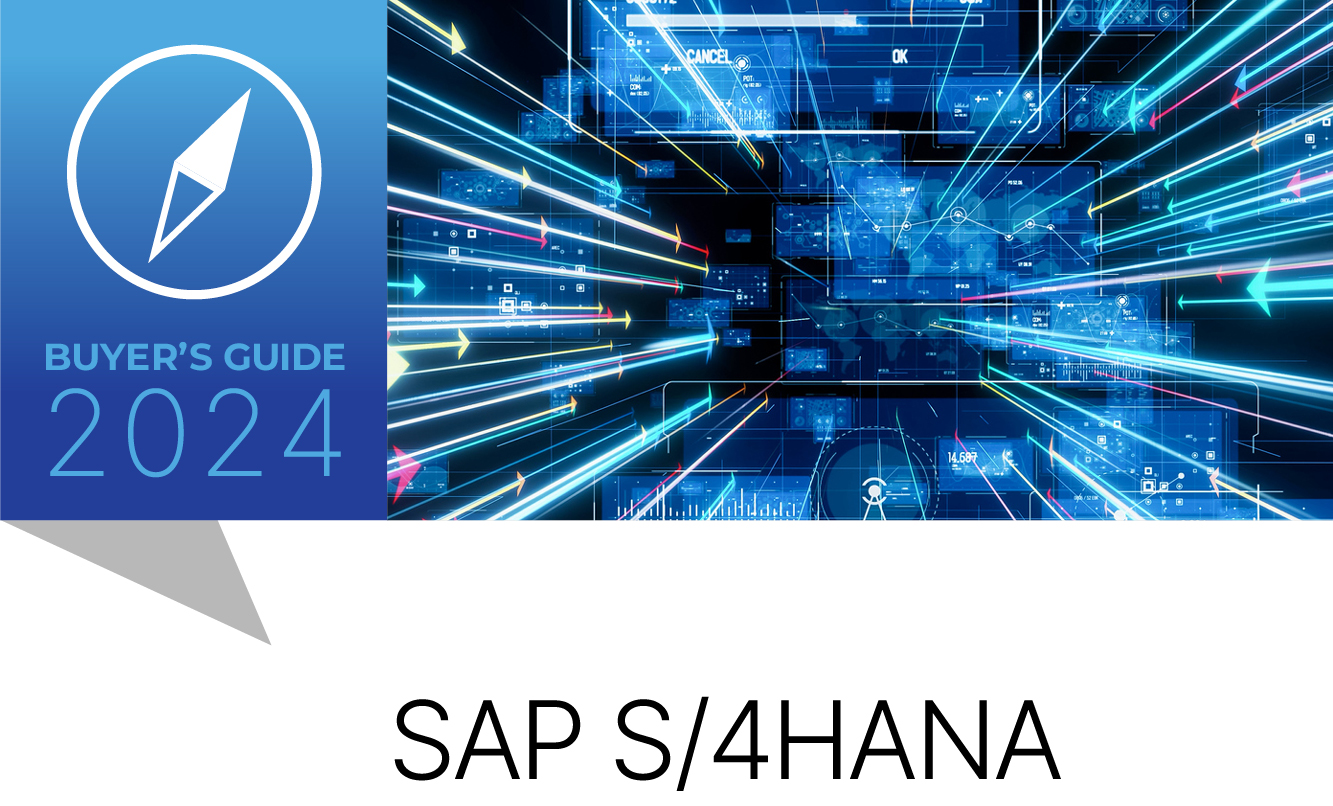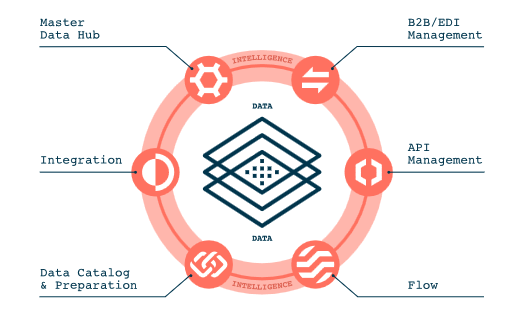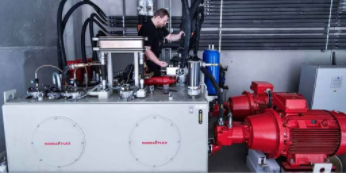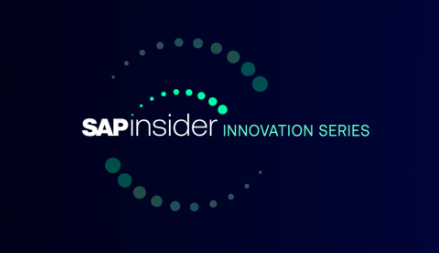The Hidden Lever of Profitability: Making Pricing Your Power
Meet the Authors
Key Takeaways
⇨ Elevating pricing to a strategic priority can enhance profitability, resilience, and customer trust, as evidenced by companies implementing continuous improvement in their pricing models.
⇨ True pricing power allows companies to raise prices without losing demand, achieved through consistent value delivery, brand loyalty, and effective pricing processes.
⇨ Cultural adoption of pricing discipline and integration of pricing optimization tools are essential for driving immediate profitability gains and ensuring sustained impact in ERP-driven environments.
Pricing touches every transaction, yet many organizations still treat it as reactive and fragmented. As Dr. Stephan Liozu of Zilliant argues, companies that elevate pricing into a cultural and strategic priority gain not just margin, but resilience and trust. Case in point: a food manufacturer that slashed exception handling and redefined its pricing model by embedding continuous improvement into its DNA.
Pricing as a Strategic Lever
When market conditions grow volatile, organizations often focus on cost controls and efficiency. Yet research and experience show that pricing remains the single most powerful lever for improving profitability. According Dr. Stephan Liozu, Chief Value Officer at Zilliant, a one percent improvement in price realization typically yields greater impact on the bottom line than equivalent gains in cost reduction or volume.
Despite this potential, many enterprises underinvest in pricing capabilities. They treat it as a sales support task or a reactive calculation in spreadsheets, rather than a discipline that influences every transaction. According to Liozu, companies that elevate pricing to a strategic level achieve stronger market positioning and deeper customer trust.
Explore related questions
True “pricing power,” Liozu argues, reflects a company’s ability to raise prices without losing demand. This strength emerges from delivering consistent value, building brand loyalty, and implementing pricing processes that reinforce differentiation. Organizations that integrate pricing into their culture can convert disruption into opportunity, turning inflation into margin protection rather than erosion.
A Food Producer’s Journey to Pricing Improvement
The experience of a global food manufacturer highlights what this transformation looks like in practice. Operating in a commodity-driven, contract-heavy environment, the company struggled with frequent cost changes, outdated quoting systems, and sparse transaction data. These challenges produced overly generalized pricing, high levels of manual exceptions, and difficulty segmenting customers effectively.
To address the problem, the company partnered with Zilliant to implement Price IQ and Price Manager, two core components of the new Precision Pricing Platform. Through collaboration with business unit experts and category managers, the team created a practical segmentation model and introduced upcharges to better align with forward cost curves. These changes simplified the pricing process, captured value from long-tail products, and reduced reliance on manual adjustments.
The results were significant:
- Manual price exceptions were reduced substantially.
- Pricing guidance updates accelerated from six to eight weeks down to just seven days.
- Transaction coverage reached 100% in the segmentation model.
Perhaps most importantly, the initiative instilled a culture of continuous improvement. “We really worked with the Zilliant science and technical team as an extension of our team,” said the food production company’s strategic pricing leader. “We found we are able to solve problems better together.”
What This Means for SAPinsiders
Integrate pricing optimization tools to drive immediate profitability gains. For SAP professionals, the food producer’s experience emphasizes how pricing solutions can directly increase margins in complex ERP-driven environments. Automating segmentation, managing upcharges, and reducing manual exceptions frees finance and sales teams from administrative overhead. This integration delivers faster response to market shifts, enabling price guidance updates in days rather than weeks.
Prioritize cultural adoption of pricing discipline across ERP-driven processes. Technology alone cannot deliver results unless sales, finance, and operations align around shared pricing goals. As demonstrated in the food manufacturer’s case, embedding a culture of continuous improvement ensures sustained impact. SAPinsiders should focus on executive sponsorship, change management, and enabling tools that make pricing guidance practical for front-line staff.
Evaluate vendors based on ERP integration and data-driven functionality. SAP professionals should prioritize providers that deliver seamless connectivity with ERP and CRM platforms. Look for advanced analytics that handle sparse datasets, forecast cost volatility, and support nuanced contract terms. Ease of adoption within existing SAP landscapes should be a deciding factor.






